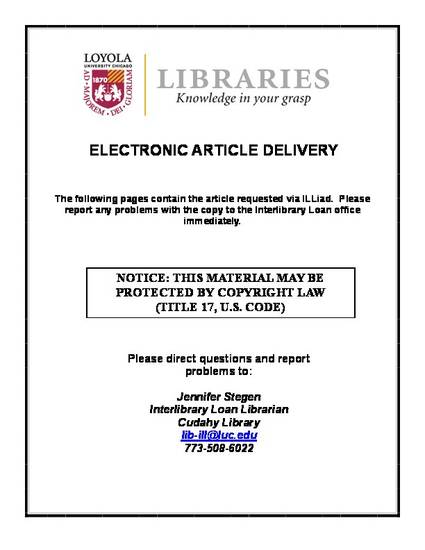
The conservation and management of wildlife species is contingent on estimating distribution and abundance. Sampling of wildlife requires repeated visits to accurately determine species occurrence and to quantify abundance across temporal and spatial scales. The use of trails to sample wildlife populations is increasing and offers opportunities to potentially sample more frequently, with increased ease of access, and less disturbance to habitats, which can be important in sensitive natural areas. We examined capture dataof terrestrial salamanders within Great Smoky Mountains National Park to determine if detection and abundance estimates from trail and non-trail transects were significantly different. Across two, 3-week periods during June and July 2012, we sampled 195 transects (70 along trails and 125 within non-trail habitat) on multiple occasions. We found that most microhabitat variables associated with salamander detection and abundance did not differ between trail and non-trail transects. Further, our models indicate detection and abundance of terrestrial salamanders were not significantly different on trail and non-trail transects. These results suggest trails can be used to accurately estimate abundance of terrestrial salamanders and may reduce the need to sample for plethodontid salamanders in sensitive habitat.
© Natural Areas Association, 2015.
Available at: http://works.bepress.com/joseph_milanovich/15/

Author Posting © Natural Areas Association, 2015. This article is posted here by permission of theNatural Areas Association for personal use, not for redistribution. The article was published in Natural Areas Journal, Vol. 35, Iss. 4, 2015, https://doi.org/10.3375/043.035.0412